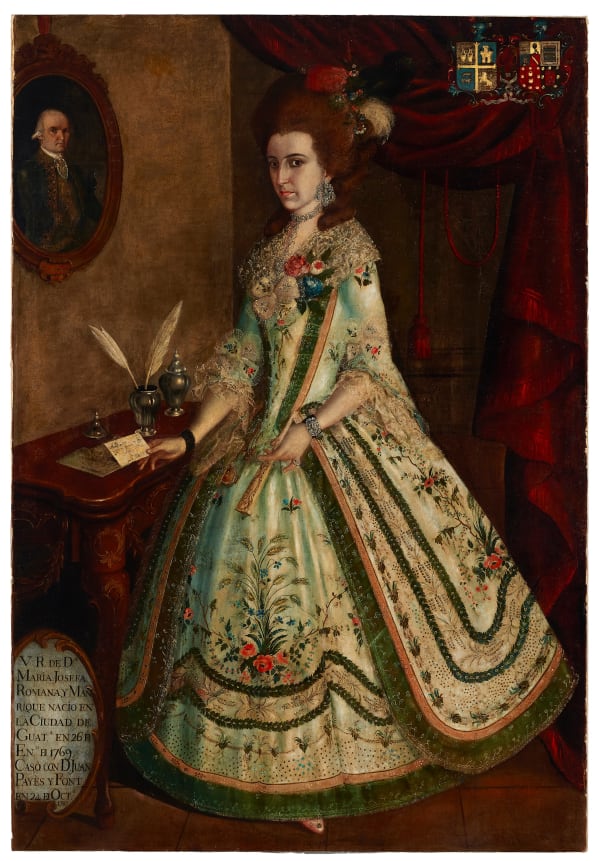In the 16th century, Ecuador was part of the Viceroyalty of Upper Peru, with the Real Audiencia of Quito subsequently being formed, with modern-day Guatemala belonging to the Capitanía General of Guatemala, itself dependent on New Spain. The Quito school reached the very pinnacle of its splendour in the 17th and 18th centuries, to the extent that Charles III of Spain praised the talents of the indigenous sculptor Manuel Chili Caspicara (Quito, 1720? – 1796), going as far as to compare him to Michelangelo. Bernardo de Legarda, who was also born in Quito in about 1700, is considered one of the foremost exponents of this discipline. Although far fewer pictorial works have survived from the Quito school than from the Cuzco school, the mestizo painter Miguel de Santiago (Quito, 1620/1630 – 1706) carried out one of the most extensive and complex works of Latin American Baroque, while the paintings of Manuel de Samaniego y Jaramillo (Quito, 1767 – 1824) stand as a major expression of cultural mestizaje combined with religious subject matters. Prominent artists from Guatemala include the painter and sculptor Pedro de Liendo (Valmaseda, c. 1586 – Antigua Guatemala, 1567) and, a little over a century later, Tomás de Merlo (Guatemala, 1694 – 1739), considered the most outstanding painter of the Guatemalan Baroque. Guatemala’s school of sculpture is deemed to be one of the best from the Latin American viceregal period, competing with the Quito school.





